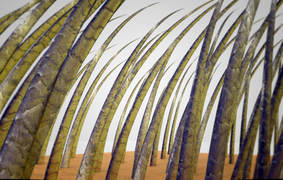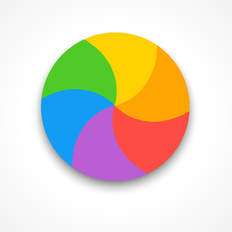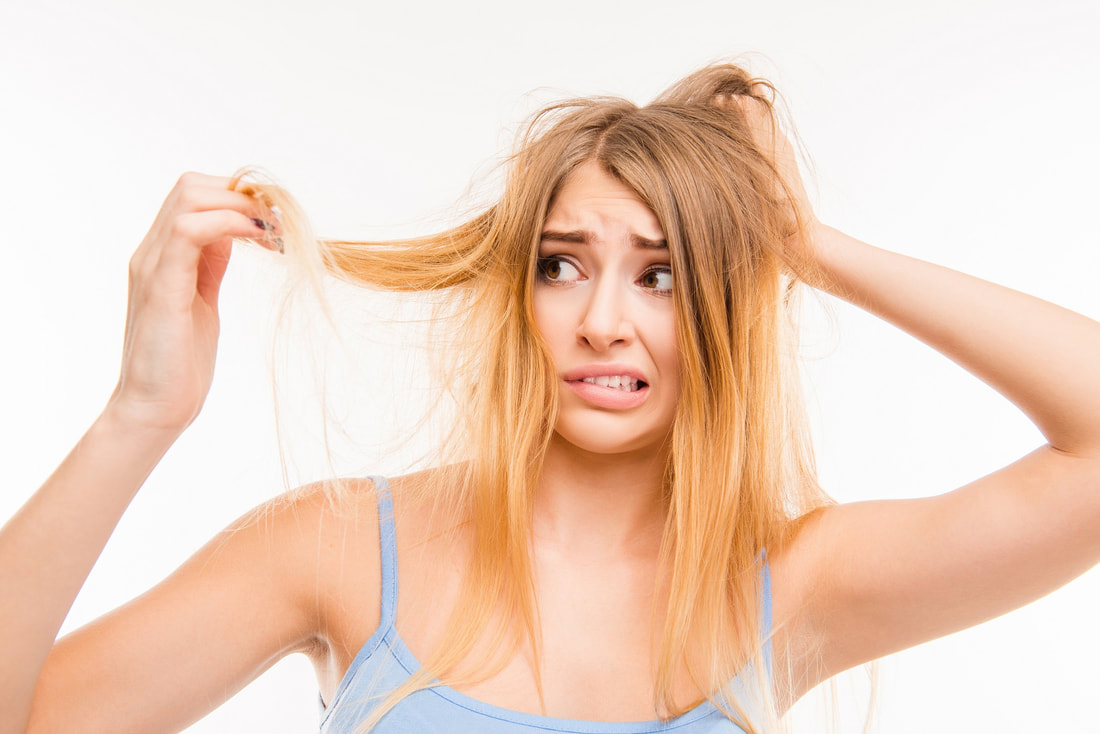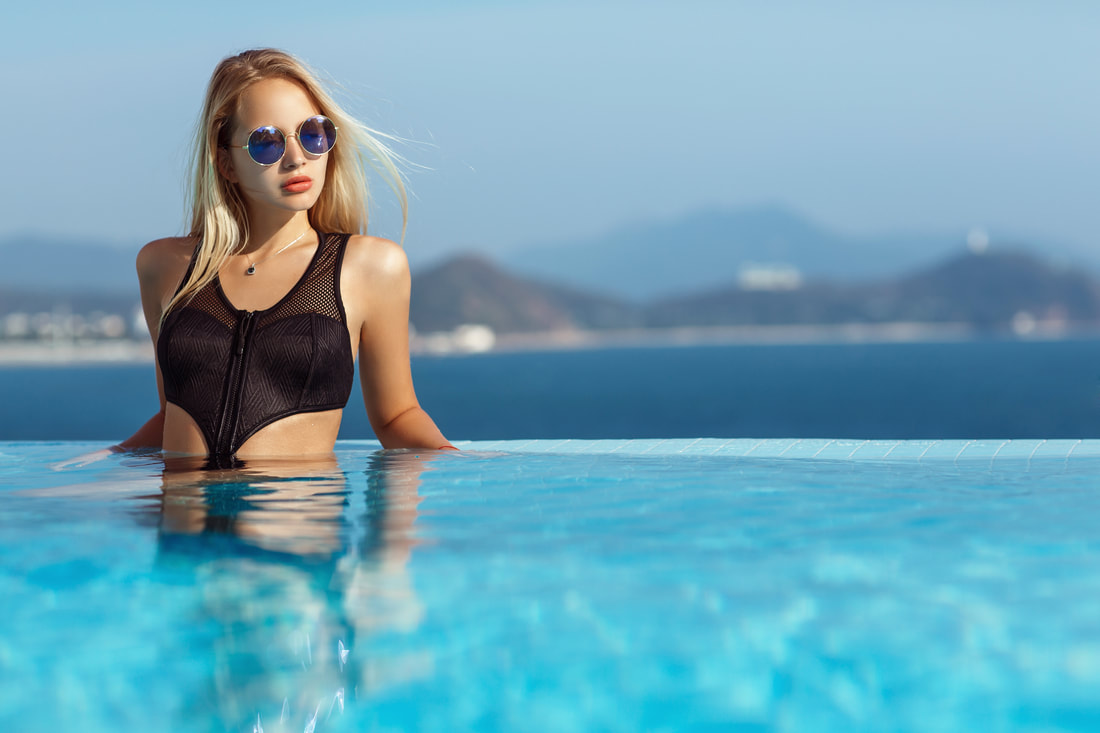I Asked For Blonde! Why Is My Hair Brassy?!?
|
Blonde hair is notoriously tricky - if you have ever lightened your hair, you may already be familiar with the all too common brassy tones that show up in bleached or colored hair. This is especially frustrating when you spend time and money on highlights only to end up with yellow, orange, or red-ish hair.
|
Why does this happen?
To understand the main reason this happens, it’s important to know two things:
- Natural hair color is made up of melanin - pigments found in most organisms, including human hair, skin, and eyes.
- The most commonly used lightening agent is hydrogen peroxide, the active ingredient in bleach. Peroxide is used in a solution to open the hair shaft and oxidize the melanin molecules. The melanin is still present, but the oxidized molecules are colorless. This is an irreversible chemical reaction.

So, here is the challenge: There are two types of melanin in human hair, eumelanin and pheomelanin. The natural color of your hair depends on the ratio and quantity of each. Eumelanin is brownish-black and pheomelanin is reddish-yellow. Most people have a combination of both, and the absence of both results in gray/white hair. Hydrogen peroxide reacts more quickly and easily with the darker eumelanin pigment than with pheomelanin. Often during bleaching, the pheomelanin pigment can’t be fully oxidized without compromising the integrity of the hair, so a reddish yellow tint remains.
In addition to resistant pheomelanin, there are a number of other brass-causing factors at play. For example, there is a structural and fibrous protein in your hair called keratin; you may have heard of it. Guess what color it is….yep, yellow.
Lightening hair also makes it incredibly porous. It will soak up everything - minerals in your shower water, pollution in the air, UV rays, chlorine, products containing silicone or parabens…the list goes on.
So, if brassy tones are so hard to eliminate, how do women get
those incredible platinum, silver, and champagne colors?
those incredible platinum, silver, and champagne colors?
The great news is it’s almost always possible! The disclaimer is you will have to make a few commitments - 5 to be exact.
First and most importantly, you need an experienced and talented hair stylist in your corner. Working with someone who understands hair structure, color chemistry, and light reflection is a MUST when attempting to take your hair to the lightest levels. Your stylist should be able to clearly explain the lightening process and guide you through your commitments.
1: Commit to removing oxidizing minerals from your shower.

How on earth would you do that? It’s easy! Install a water filter in your shower. To understand all the reasons Why You Should Be Using A Water Filter In Your Shower (and there are many) check out the link. But if you don’t want to see yellow tones in your hair, stop washing it with water chock-full of oxidizing minerals! This 15-Stage filter removes chlorine, heavy metals, bacteria, pesticides, chloramine, sulfur and other sediments. Sound expensive? It's less than $40, a no-brainer.
2. Commit to protecting your hair from the sun.

Soaking up UV rays from the sun is a quick way to sabotage your precious color. Even natural blondes aren’t immune to the wear and tear that sunlight inflicts and over time, that exposure weakens your hair shaft and leaves it more vulnerable to breakage and damage—and of course, it also contributes to brassiness. This is especially true if you live 5000 or more feet above sea level. Your hair is regularly exposed to more UVB rays from the sun. So wear a hat. And if you don’t want to cover-up your gorgeous hair color with a hat, use hair sunscreen. This one is made with cruelty-free, vegan ingredients and is free of parabens, sulfates, gluten, and dye.
3. Commit to protecting your hair from pool water.
|
The chemicals in pool water, namely chlorine, wreak havoc on hair period, but they’re particularly harsh on porous blonde hair. If you get your hair wet in chlorinated pools, you need a clarifying shampoo to remove the chlorine. Otherwise, you’re going to have green hair. Enough said.
|
4. Commit to shampoo specifically designed for blonde hair.

Do you remember learning about the color wheel in school? You may remember learning that purple is the opposite of yellow, blue the opposite of orange, and green the opposite of red. To neutralize one color, you use the opposite. A shampoo specifically designed for blonde hair uses this basic color concept to neutralize brassy tones. When we wash our hair with a blueish-purple shampoo, our hair absorbs a small amount of those pigments, which cancel out orange and yellow undertones. Conversely, the same effect applies with over-exposure to solar rays as mentioned before - the radiation wipes out the blue purple molecules in your hair shaft, leaving the orangey-yellow behind.
5. Commit to repair treatments regularly!

This is a vital commitment. Bleaching is a very harsh process and can potentially leave you with dry, stretchy, and brittle hair. Be aware, repair treatments are not the tubes you see in the beauty isle of your favorite store; those so called “conditioning” treatments are loaded with silicones and parabens that only gloss over the rough areas of your hair, coating them so they look smoother and feel softer for a short period of time — they don't actually do anything for your hair's structural integrity. During the lightening process your stylist will recommend, possibly even require routine in-salon hair treatments. These treatments will fortify, strengthen, rebuild and reconnect the broken bonds of your compromised hair - you may have heard of the most commonly used treatment called Olaplex. For a long time an Olaplex treatment was only performed in Olaplex affiliated salons but now there is a retail-friendly treatment called No. 3 Bond Perfector that will allow you to repair your hair at home in between visits to your stylist.
So, while blonde hair can be tricky, a talented stylist plus a simple hair care routine is the answer to achieving the look you’ve been “dye-ing” to have.
Stylist comment: New research is leading scientists to believe that different people may not see the same colors when they look at the same things. Color vision scientist, Joseph Carroll of the Medical College of Wisconsin, even said "I think we can say for certain that people don't see the same colors." (LiveScience)
Colors are discerned by how our brains react to different wavelengths of light. Yet, some researchers have suggested that other factors, such as mood, feelings and even memories can affect our perception of colors. Dr. Wolf M. Harmening from University Eye Hospital Bonn, and his colleagues, even studied color vision by probing individual sensory cells -- photo-receptors -- in the human eye!
While the science of photo-receptors is fascinating and certainly worth reading about, the point is your hair color perception may not match your stylist’s. It’s important to use photos and color swatches during your consultation to ensure you and your stylist are communicating effectively and on the same page with the hair goal.



